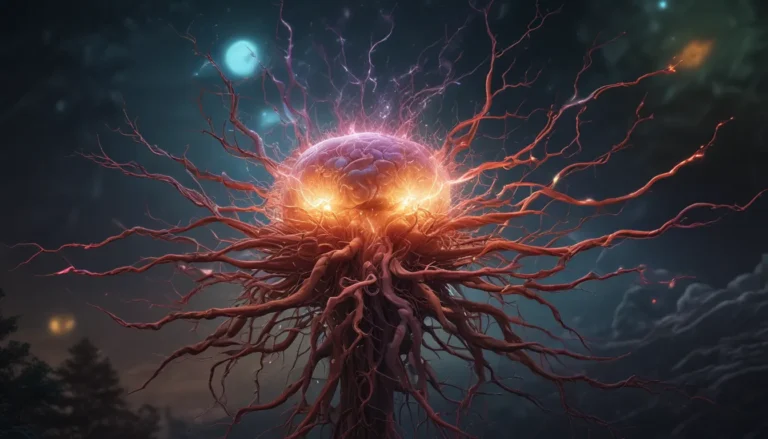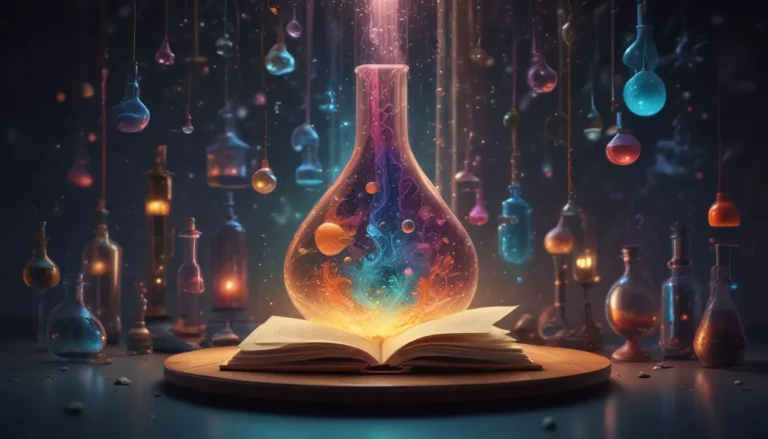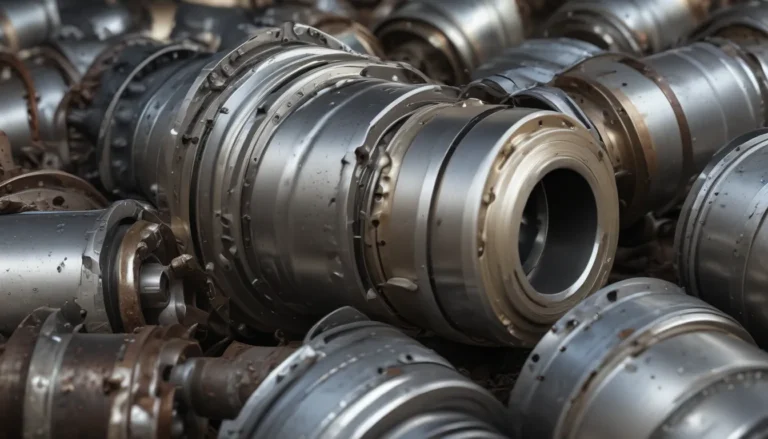A Note About Images: The images used in our articles are for illustration purposes only and may not exactly match the content. They are meant to engage readers, but the text should be relied upon for accurate information.
In the vast realm of biology, the concept of catabolism stands as a cornerstone in understanding the intricate processes that fuel our bodies. Catabolism, the metabolic process that breaks down larger molecules into smaller components, plays a pivotal role in sustaining various physiological functions. From the humble act of digesting food to the complex molecular breakdown within our cells, catabolism is a force to be reckoned with.
Unraveling the Essence of Catabolism
At the core of catabolism lies the mechanism of breaking down complex molecules into simpler forms, thereby releasing energy. This process stands in stark contrast to anabolism, which involves the synthesis of complex molecules from simpler ones.
The Heroes Behind the Scenes: Enzymes and Catalysts
Enzymes and catalysts serve as the driving force behind the breakdown of molecules during catabolism. These proteins act as catalysts, accelerating chemical reactions without being depleted in the process.
The Pinnacle of Power: Cellular Respiration
One of the most renowned catabolic processes is cellular respiration. This intricate dance within cells converts glucose and oxygen into carbon dioxide, water, and the currency of energy, adenosine triphosphate (ATP).
Unveiling the Secrets of Lipolysis: Breaking Down Fats
Lipolysis, the catabolic process responsible for dismantling fats into glycerol and fatty acids, primarily unfolds within adipose tissue. This vital process serves as a cornerstone for energy production.
The Dance of Proteins: Proteolysis
Proteolysis, the breakdown of proteins into amino acids, plays a pivotal role in maintaining the delicate balance of proteins within cells. It paves the way for the synthesis of new proteins as needed.
Navigating the Path of Glycolysis: Carbohydrate Metabolism
Glycolysis, the central pathway in both aerobic and anaerobic respiration, serves as the road map for breaking down glucose into pyruvate. This process yields ATP and NADH along the way.
The Elegance of Oxidative Phosphorylation: Energy Production Unleashed
In the final throes of cellular respiration lies oxidative phosphorylation, where ATP is synthesized through the electron transport chain. This grand finale harnesses the energy released during catabolism to generate ATP.
A Symphony of Metabolism: Catabolism’s Role
Catabolism nestles snugly in the bosom of metabolism, encompassing all the chemical reactions within an organism. It fuels the energy and building blocks necessary for anabolism to sprout.
The Treasury of Energy: ATP
ATP, the lifeblood of energy generated during catabolic processes, reigns supreme as the primary energy currency within cells. It stands as a steadfast guardian, preserving and liberating energy as needed.
Balancing Act: Catabolism and Anabolism in Harmony
The delicate equilibrium between catabolism and anabolism orchestrates cellular homeostasis. This harmonious balance ensures a steady stream of energy and the synthesis of essential molecules.
Savoring the Sweet Taste of Weight Loss Through Catabolism
The tapestry of catabolic processes, exemplified by lipolysis, plays a profound role in weight loss endeavors. The breakdown of stored fats for energy, coupled with a caloric deficit, calls forth a reduction in body fat.
The Maestros of Regulation: Orchestrating Catabolic Processes
Catabolic processes sway to the tune of meticulous regulation, ensuring energy production flows seamlessly. Hormones, enzymes, and signaling molecules take the reins, controlling the pace and intensity of catabolic reactions.
The Shadows of Disease: Catabolism’s Dance with Illness
A discord in catabolic pathways can cast shadows on health. Certain diseases or conditions can disturb the natural flow of catabolic processes, leading to metabolic disorders or energy imbalances.
Embark on a journey into the wondrous realm of catabolism, where molecules are dismantled to stir the flames of energy within our bodies. From weight loss to energy production, catabolism weaves a tapestry of essential functions that sustain our very existence.
Embracing the Marvels of Catabolism
As we bid adieu to this exploration, let us remember the marvels of catabolism that breathe vitality into our bodies. This process, intricate and essential, fuels our cellular activities, regulates our metabolism, and purges waste products with unwavering dedication. Let us carry forth this newfound knowledge of catabolism, unlocking doors to innovative research and potential therapeutic breakthroughs.
FAQs: Navigating the Seas of Catabolism
- Q: What is catabolism?
-
A: Catabolism is the process of breaking down complex molecules into simpler ones to release energy and generate building blocks for cellular functions.
-
Q: How does catabolism relate to metabolism?
-
A: Catabolism is a vital component of metabolism, which comprises both catabolic processes that break down molecules and anabolic processes that build complex molecules.
-
Q: What are the main types of catabolic reactions?
-
A: The main types include glycolysis, the citric acid cycle, beta-oxidation of fatty acids, and the breakdown of proteins through proteolysis.
-
Q: Why is catabolism important?
-
A: Catabolism is crucial for providing energy, regulating metabolism, eliminating waste products, and supplying building blocks for anabolic processes.
-
Q: Can catabolism be harmful?
- A: Excessive or uncontrolled catabolism can lead to health complications such as muscle wasting and weight loss, emphasizing the importance of proper regulation.
Embark on the enchanting journey through the labyrinth of catabolism, where molecules unravel into energy, and the symphony of life unfolds with each heartbeat. Explore, learn, and uncover the wonders of our biological tapestry.






